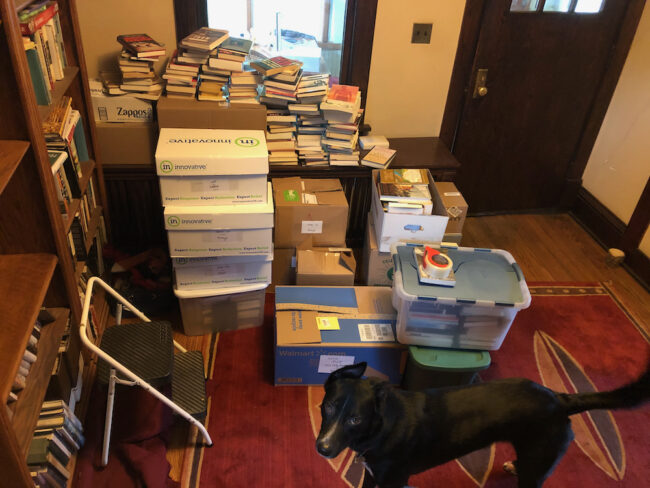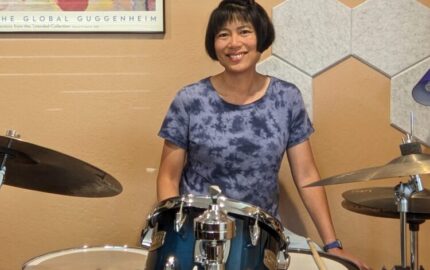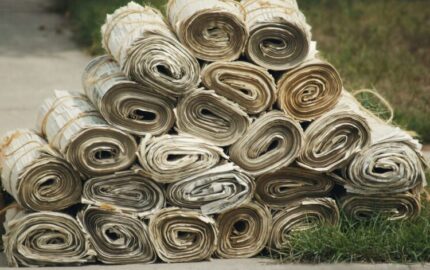In a few days I am going to start hauling books from the front hallway out into the front yard for a giant give-away. Neighbors will come, and friends, and folks I don’t know, and I hope everyone finds something they like and all the books find new homes.
How many books? I don’t know. Hundreds. What kinds? All kinds. Over the past few weeks I packed ten cartons to give, and then I ran out of boxes and started piling books on top of the radiator. It now holds six stacks, each about two feet high, and there are more piles on the floor.
This is the third time I’ve done a serious cull of my books. The first time was in 2014. I’d been a book review editor for the Minneapolis StarTribune for five years by then, and books were coming into the house at a furious clip. The shelves were jammed. The dining room table was covered. So, too, the bedside table, the bedroom floor, the bedroom radiator, my desk, my other desk and the dining room floor.
Still, getting rid of any books seemed impossible. I couldn’t find any that needed to go. When I picked up a book I hadn’t read, I wanted to read it; if it was a book I’d read, I wanted to keep it. Books are the diary of my life; when I scan a shelf, I see pieces of my past in the spines.
I did try. But when I opened dusty books, I found long-forgotten ephemera — photographs, letters, bookmarks from bookstores long since closed. Some books had been gifts, signed by the giver. Some books had been my father’s, signed by him.
In the end, I got rid of the paperbacks. That felt easy. The print was small, the pages were brittle, the spines had lost their glue. This bought me time; paperbacks took up three shelves, which I immediately filled with books from the table and the floor.
The second cull, during COVID, was easier. This time I took every book off the shelf, one at a time, and studied it. Had I read it? If not, why not? If so, would I read it again? I thought in terms of moving, even though we had no plans to go anywhere: Would I want to haul this book to a different house?
That year I filled more than a dozen cartons and held my first big Front Yard Give-Away. It was a delight. Friends I hadn’t seen since before lockdown showed up, and even though the books were free, some people left gifts on my front step: flowers, candy, homemade jam.
Most of the books disappeared. Those that didn’t I donated to libraries (both Little Free and public).
Now it is four years later, and the books have somehow reproduced. This time, culling is harder. During the first two clean-outs I cut to the bone. This time I am looking critically at the bone itself. I make a plan:
- Get rid of duplicates. This is not easy, because the books I have in duplicate are books I love, such as Mary McCarthy’s “Memories of a Catholic Girlhood,” a wonderful memoir that is also an exercise in how flawed memory can be. I teach memoir writing, so it’s a good book to have on hand. But do I really need three copies?
- Do not keep every book an author has written. Calvin Trillin takes up more than a shelf. So do John McPhee and Anne Tyler. Maybe I should just keep their best work and let the others go. (Maybe.)
- Say goodbye to pleasant novels — books that I enjoyed but will not read again.
- Don’t be afraid to cull books I haven’t yet read. If I haven’t read it by now, perhaps I never will.
- Reconsider those thick biographies. Yes, I am interested in Ulysses S. Grant and Barbara Pym, but maybe not interested enough. But be careful. I thought the same of Richard Holbrooke and gave away George Packer’s delightful “Our Man” in the Purge of 2020 — then had to buy it again when I needed it for a talk.
- Coffee table books! Beautiful to look at, gorgeous to possess, but will I ever actually read them? Swallow hard, and be ruthless. The folks who attend the give-away will be thrilled to find these.
Of course I am violating this plan freely. I am keeping multiple copies of B.J. Chute’s 1956 novel “Greenwillow;” it’s a soothing, peaceful book that I send to friends who are going through a hard time. I need to have a good supply. I am keeping both editions of Dermot Healy’s “Long Time No See” because I love that book; the U.S. edition and the U.K. edition are different, and both are beautiful. And I am keeping all of the Anne Tylers; I re-read them during lockdown, and who knows when there might be another pandemic?
Now I see that the forecast for this weekend calls for rain, so the book giveaway might have to wait. I look at the stacks in the hallway, and I find myself wanting them to be gone. They are no longer books, but baggage. That’s a good thing.
I spy gaps on the shelves. I can’t remember what used to be there, and that, too, is a good thing. Now I can think not of what is gone, but of what is yet to come.

* * *
Laurie Hertzel is the former book editor of the Minneapolis Star Tribune. She now reviews books for several newspapers and teaches in the MFA in Narrative Nonfiction program at the University of Georgia.



